Question:1
Who is responsible for a vehicle parked in a prohibited area?
Category : Rules and Regulations
Question:2
Define “own weight”:
Category : Rules and Regulations
Question:3
Is it permitted to drive under the influence of an intoxicating alcoholic drink?
Category : Rules and Regulations
Question:4
How are you required to conduct yourself in the following road section?
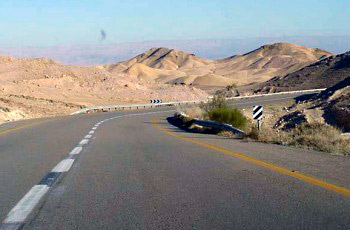
Category : Safety
Question:5
Which of the following sentences is correct as regards to other drivers?
Category : Safety
Question:6
What is the minimal gap that you should legally maintain from the vehicle in front of you?
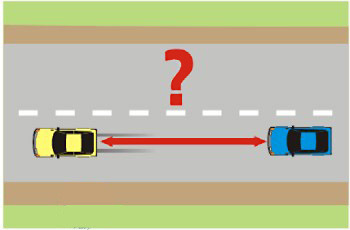
Category : Rules and Regulations
Question:7
When is a driver required to drive on an asphalt paved hard shoulder?
Category : Rules and Regulations
Question:8
What is an “Interchange”?
Category : Rules and Regulations
Question:9
Is it permitted to transport a freight container that sticks out from the vehicle’s rear?
Category : Rules and Regulations
Question:10
Is it permitted to stop any type of vehicle where the following signpost is placed?
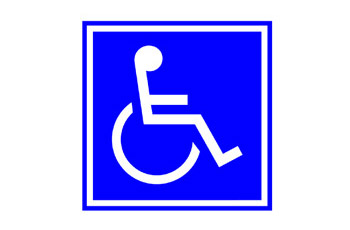
Category : Rules and Regulations
Question:11
The law requires to install a third license plates in these types of vehicles:
Category : Rules and Regulations
Question:12
What is the general freight height (from the ground) which requires a permit from a police officer?
Category : Rules and Regulations
Question:13
Which vehicle is regarded as a “commercial vehicle”?
Category : Rules and Regulations
Question:14
Who is permitted to drive a “security vehicle” or a “rescue vehicle”?
Category : Rules and Regulations
Question:15
Which of the following sentences is correct: The law prohibit drivers from making a left U-turn:
Category : Rules and Regulations
Question:16
Why is it important to drive on the right side of the road?
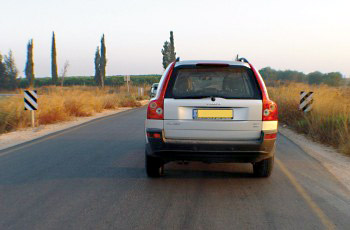
Category : Safety
Question:17
Under what conditions is it obligatory to operate a “speed retarder” while driving downhill?
Category : Rules and Regulations
Question:18
When the oil pressure check lamp lights-up while driving, you should:
Category : Know Your Vehicle
Question:19
What should a driver do when there’s a change in his health condition?
Category : Rules and Regulations
Question:20
When is it lawfully required to perform a vehicle license test?
Category : Rules and Regulations
Question:21
What should a vehicle driver do in case of a strong side wind?
Category : Safety
Question:22
How would you conduct yourself under the situation that is depicted in the following picture?
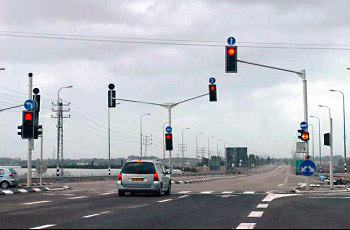
Category : Safety
Question:23
Which of the following road signs should be placed after road sign 135?
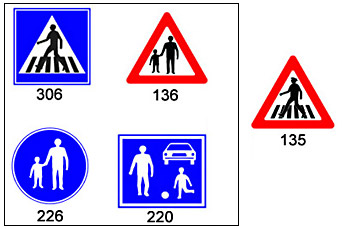
Category : Traffic Signs
Question:24
What is the maximum freight weight a commercial vehicle is permitted to carry?
Category : Rules and Regulations
Question:25
What is the advantage of driving at a low speed during dangerous situations?
Category : Safety
Question:26
How would you conduct yourself in a vehicle with automatic transmission, when driving down a continuous steep road?
Category : Safety
Question:27
Define “play street”:
Category : Rules and Regulations
Question:28
What would you do if your driving lane is obstructed?
Category : Rules and Regulations
Question:29
Who of the following is entitled to enter the intersection first?

Category : Rules and Regulations
Question:30
Where should vehicles drive in a road divided by a Central divider?
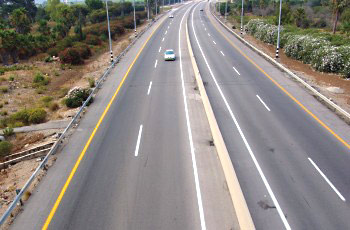
Category : Rules and Regulations

